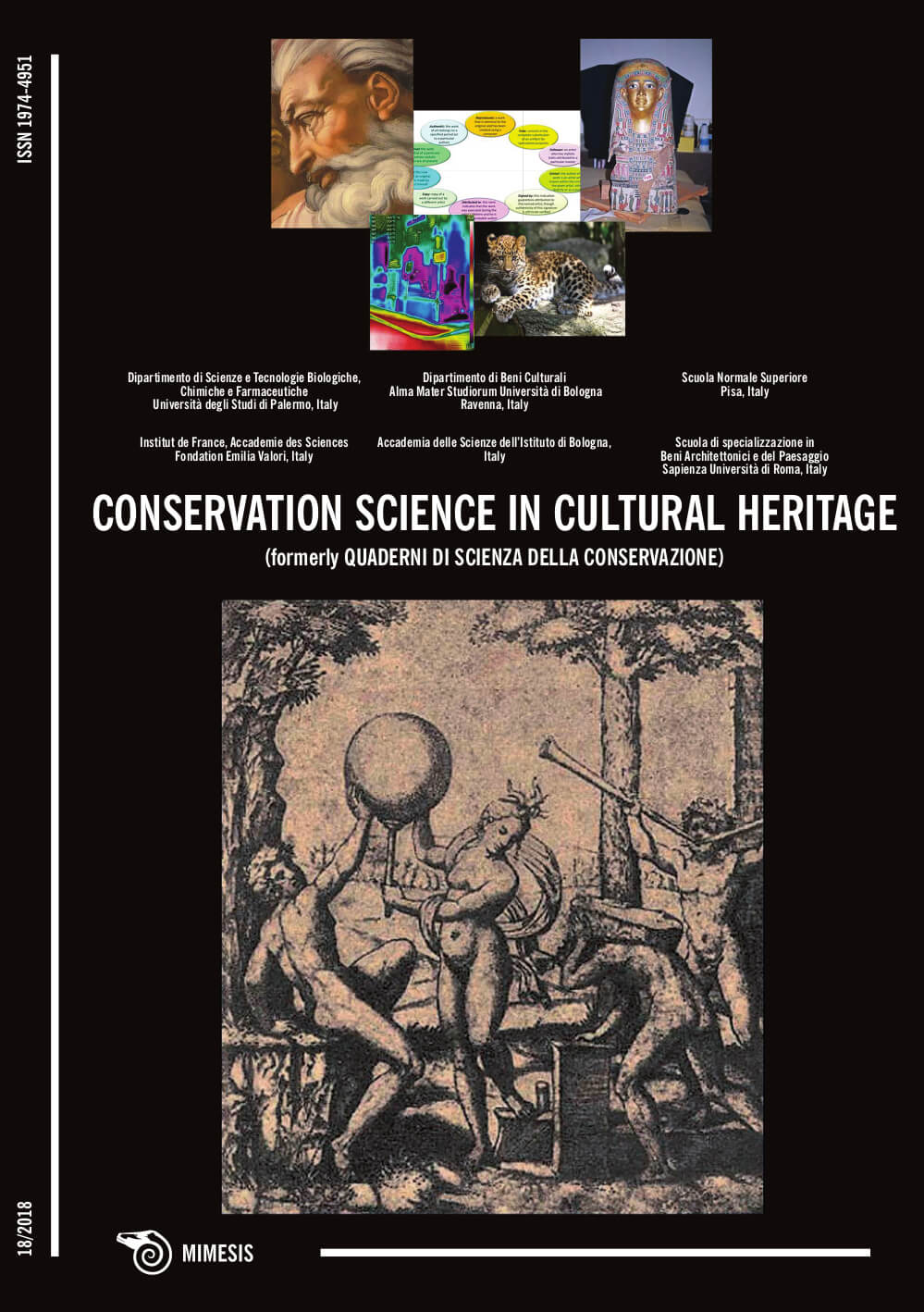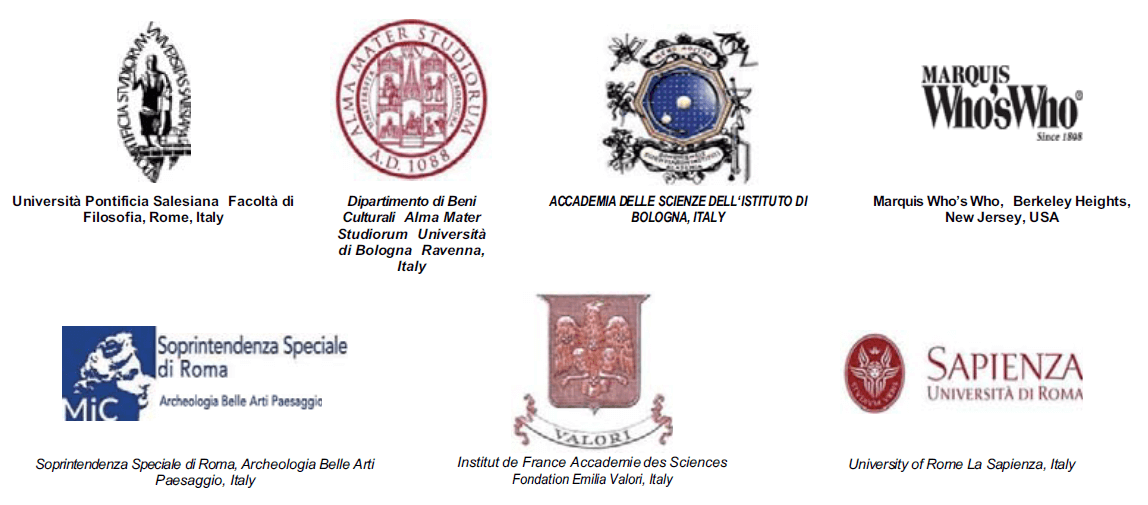Earthquakes, Reconstruction and Monumental Heritage
DOI:
https://doi.org/10.6092/issn.1973-9494/9226Keywords:
earthquake, restoration-conservation, reconstruction, small towns, landscapeAbstract
To successfully reconstruct the towns in central Italy hit by a series of earthquakes in 2016–2017 means having access to high-quality specialist planning, capable of enhancing all possible architectural remains, testimonies of an ancient beauty relating to architecture and landscape, and documents able to preserve the memory of these places.
This would avoid re-constructing buildings that are completely divorced from historical reality or, on the contrary, purely theatrical: a sort of “musealization” created just for show that risks compromising the urban identity and the cultural and social identity of the territory.
For this reason, the presumed contrast between ‘conservation’ and ‘safety’ — two terms which seem, at first sight, to go irreconcilably in opposite directions — must be surmounted. In the wake of an excellent tradition of study in this field, such a contrast could be synthesized by reconfiguring them within the operative term of ‘restoration’ (it includes ‘maintenance’ and ‘prevention’ of an eminently conservative nature), which summarizes the two contrasting terms. On the one hand is the historical-humanistic area (which provides the reasons for ‘what’ to conserve and ‘why’) and on the other, the scientific-technical one (which gives the reasons for ‘how’ to conserve).
The will to proceed quickly is understandable but must, however, be tempered by the need to guarantee the right intervention methods both in the planning and in the execution phase. The temptation to adopt corrective technical solutions must be rejected and must, on the contrary, take into consideration the peculiar constructive identity of ancient buildings, the specific problems they present and duly seek the least invasive and most appropriate solutions case by case.
Downloads
Published
How to Cite
Issue
Section
License
Copyright (c) 2018 Giovanni Carbonara
Copyrights and publishing rights of all the texts on this journal belong to the respective authors without restrictions. Authors grant the journal right of first publication.
This journal is licensed under a Creative Commons Attribution 4.0 International License (full legal code).
See also our Open Access Policy.






